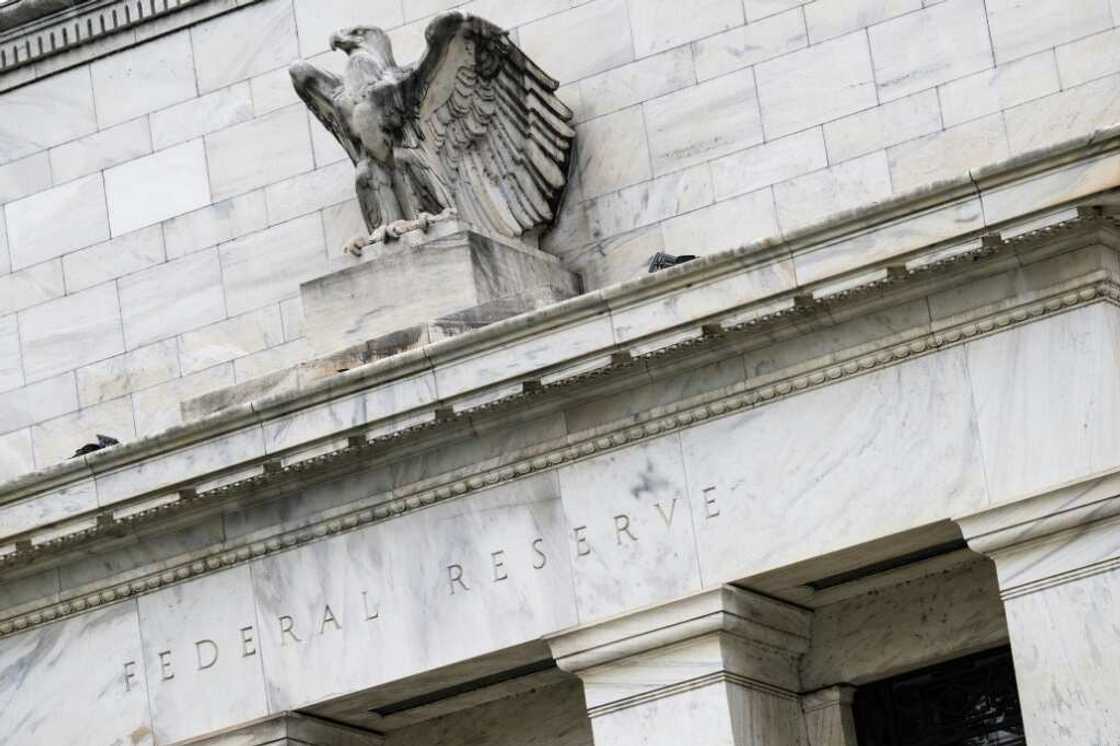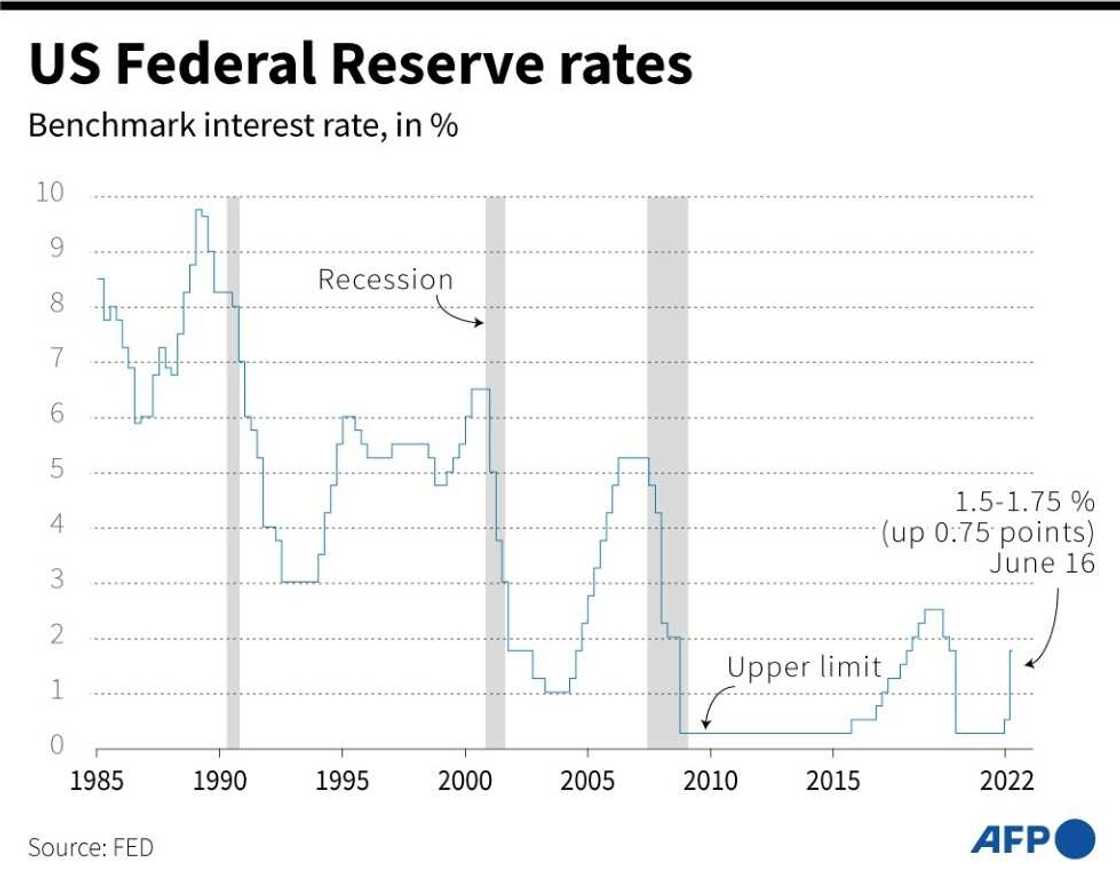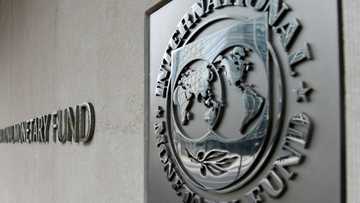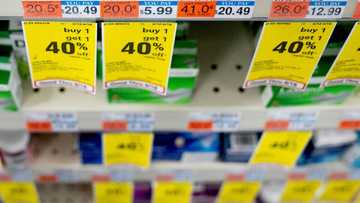Fed poised to attack inflation with another interest rate hike

Source: AFP
PAY ATTENTION: Click “See First” under the “Following” tab to see Legit.ng News on your Facebook News Feed!
The Federal Reserve is set to announce another big interest rate increase on Wednesday, the fourth this year, in its ongoing battle to tamp down price pressures that have been squeezing American families.
US central bankers are hoping that their aggressive stance will start to cool red-hot inflation that topped nine percent in June, the highest in more than 40 years, without derailing the world's largest economy.
President Joe Biden is paying the political cost for surging prices, which he blames mostly on Russia's war in Ukraine, which has sent global food and energy prices soaring.
Biden insists the American economy will avoid a recession, but even as his approval ratings have cratered, he has supported the Fed in its battle to quell inflation.
Fed Chair Jerome Powell and others have made it clear they are willing to risk a downturn and will keep raising interest rates until they see clear evidence inflation is moving back towards the two percent goal.
The policy-setting Federal Open Market Committee is widely expected to announce another three-quarter-point increase in the benchmark borrowing rate at the conclusion of its two-day policy meeting at 1800 GMT.
PAY ATTENTION: Subscribe to Digital Talk newsletter to receive must-know business stories and succeed BIG!
From zero at the start of the year, the Fed has raised the policy lending rate to a range of 1.5 to 1.75 percent, which has pushed mortgage rates higher and slowed housing sales for five straight months.
Economists say this has been the most aggressive Fed tightening cycle since the 1980s, when stagflation -- a wage-price spiral and stagnant growth -- crippled the US economy.
The challenge for policymakers is to quell inflation before it becomes dangerously entrenched, but without sending the world's largest economy into a recession that would reverberate around the globe.
While prices have continued to rise, with home prices hitting a new record, there are signs the pace of the increases has begun to slow, which may allow the central bank to ease up on its rate increases.
Global oil prices are trending down, with the US benchmark WTI falling to below $95 a barrel from its peak of more than $123 in March, and gasoline prices at the pump have fallen 69 cents from the record of just over $5 a gallon in mid-June.
Recession risk

Source: AFP
Meanwhile, the job market has remained strong, consumer demand has not fallen dramatically, and surveys show inflation expectations in the months ahead have started to trend lower.
Policymakers want to engineer a "soft landing," taming inflation without causing a downturn, but economists warn they face an increasingly narrow path to success and it would be easy to overshoot by being too aggressive.
"The Fed is now stuck between a rock and a hard place, with no easy way out without the economy feeling pain," KPMG chief economist Diane Swonk said in an analysis, noting that "Powell has started to underscore that reality by admitting a recession could occur."
In fact, it is rare that the central bank moves so decidedly without causing a downturn, and there are signs of concern among Fed policymakers.
Kansas City Fed President Esther George dissented at the June meeting, saying she preferred a smaller half-point rate hike and warning that going too fast could be "unsettling" and raise recession fears.
GDP in the first quarter contracted 1.6 percent, and the first reading on the April-June period is due out Thursday. Though the consensus forecast calls for modest growth, many economists expect a downturn.
Two quarters of negative growth are generally considered a recession, although that is not the official criteria.
But Fed Governor Christopher Waller said he was prepared to move even faster, with an unheard-of full point increase if inflation continued to accelerate.
Swonk said the Fed "is in uncharted waters," so "uncertainty and disagreement about the course of rate hikes is a natural consequence."
Source: AFP





